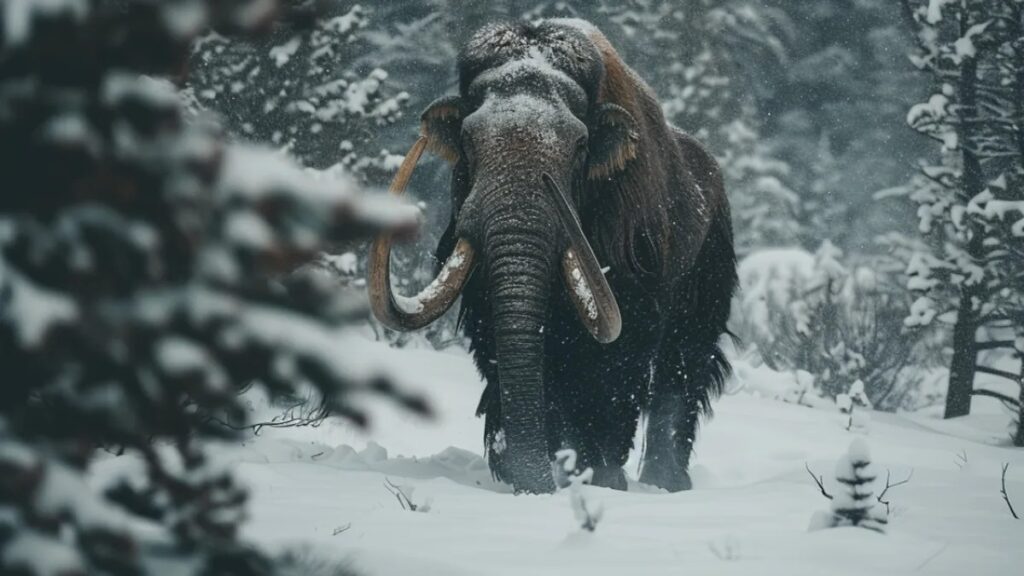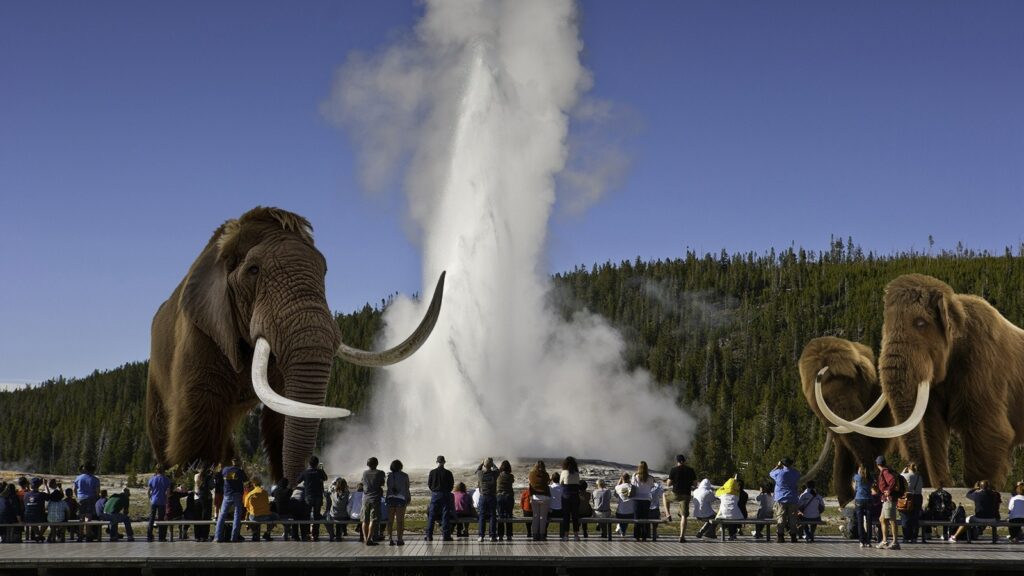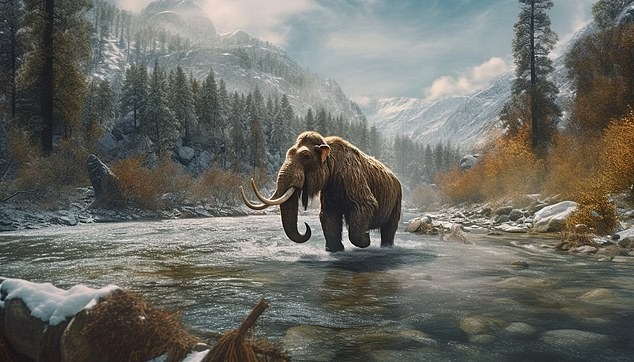
In a groundbreaking development that could redefine the boundaries of science and conservation, Colossal Biosciences has announced a significant milestone in its ambitious project to resurrect the woolly mammoth. The company’s recent breakthrough, a world-first achievement, has brought the dream of seeing a live mammoth by 2028 one step closer to reality.
A Mammoth Undertaking
Colossal Biosciences, a pioneering company dedicated to de-extinction, has been working tirelessly to create a woolly mammoth by genetically engineering an Asian elephant. Their approach involves identifying and isolating the genes responsible for the mammoth’s unique characteristics, such as its thick fur, curved tusks, and cold tolerance, and then introducing them into the elephant genome.

Image courtesy of Colossal Biosciences
A Genetic Revolution
The company’s latest breakthrough lies in their ability to reprogram elephant cells into stem cell-like cells, a crucial step in creating an embryo with the desired mammoth traits. This achievement is a testament to the advancements in genetic engineering technology, particularly the CRISPR-Cas9 gene editing tool.

Image courtesy of Colossal Biosciences
More Than Just a Novelty
While the prospect of seeing a woolly mammoth roam the Earth again is undoubtedly exciting, the implications of this project extend far beyond mere curiosity. The reintroduction of the woolly mammoth could have significant ecological benefits. Mammoths played a vital role in shaping the Arctic ecosystem, and their return could help restore a balance that has been disrupted by climate change.

A Future for Conservation
Colossal Biosciences’ work also has broader implications for conservation efforts. The techniques developed for de-extinction could be applied to protect endangered species and even revive extinct ones. By understanding the genetic makeup of species, scientists can develop strategies to preserve their biodiversity and ensure their survival for future generations.

Colossal Biosciences’ recent breakthrough marks a significant milestone in the field of de-extinction. As the company continues its research, the world eagerly awaits the day when a woolly mammoth, a creature thought lost to the ages, once again walks the Earth. The implications of this achievement for both conservation and scientific advancement are profound, and they offer a glimpse into a future where the boundaries of what is possible are constantly being pushed.

Leave a Reply